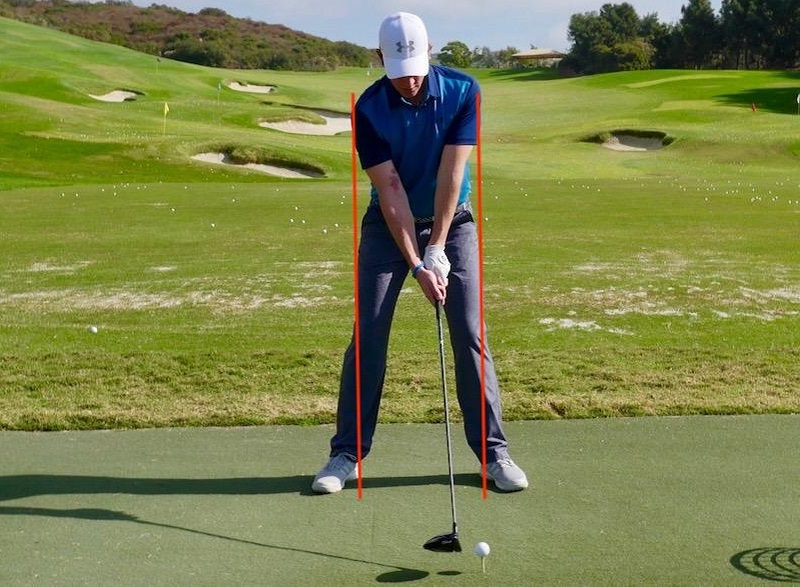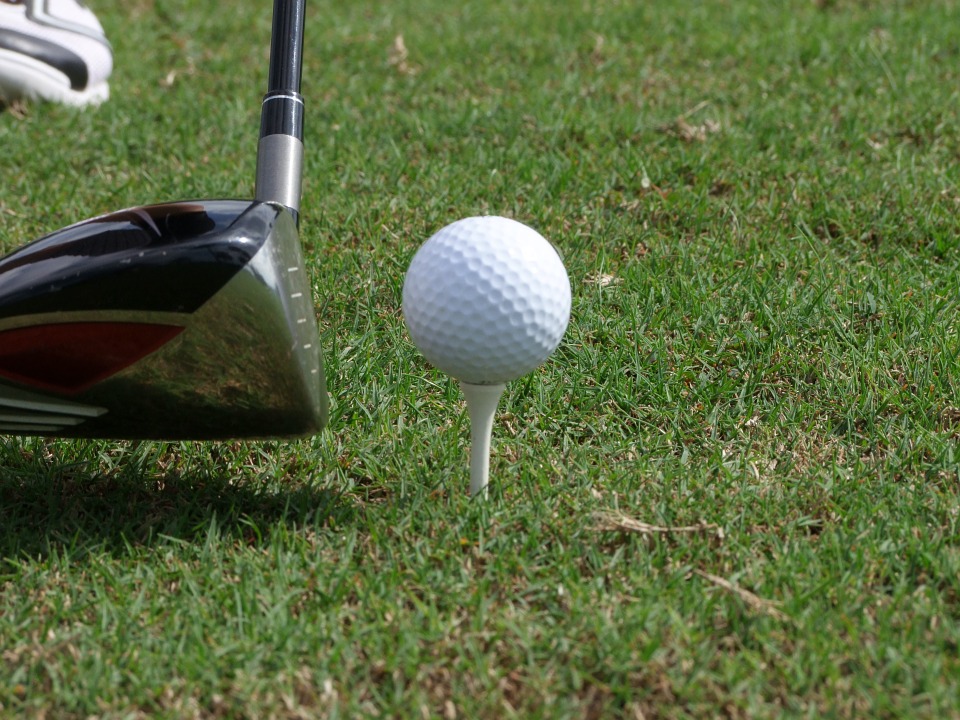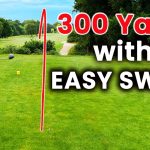As any avid golfer knows, being able to drive the golf ball with power and precision is one of the most satisfying and important skills in the game. Being able to consistently hit long, straight drives off the tee sets you up for success on the rest of the hole and can make a big difference in your overall score.
However, mastering the golf drive is no easy feat. There are a number of technical elements that go into a powerful, accurate golf swing that can take years of practice and refinement to perfect. From your grip and stance to your swing mechanics and ball contact, every little detail plays a crucial role in how far and straight you can launch that little white ball.
In this comprehensive guide, we’re going to break down all the key techniques and tips you need to know in order to consistently drive the golf ball farther and straighter than ever before. Whether you’re a beginner looking to develop a solid driving technique or an experienced golfer trying to eke out a few extra yards, the advice and insights covered here will help you take your driving game to the next level. Let’s dive in!
The Fundamentals of a Proper Golf Swing
Before we get into the specific techniques for driving the ball longer, it’s important to establish a solid, fundamental golf swing that provides a strong foundation for power and consistency. Here are the key elements of a proper golf swing:
1. Grip
Your grip is the foundation of your swing, so it’s crucial to get it right. The most common and recommended grip is the “Overlapping” or “Vardon” grip, where the pinky finger of your dominant hand overlaps the index finger of your other hand. This creates a secure, synchronized connection between your hands for maximum control.
Make sure to hold the Golf club in your fingers, not your palms, and keep your grip pressure light and relaxed. Avoid gripping the club too tightly, as this can lead to tension and inconsistent swings.
2. Stance and Posture 
Your stance and posture are also critical for generating power and consistency in your swing. Start by standing with your feet about shoulder-width apart, with your weight evenly distributed. Bend slightly at the hips and knees to maintain a stable, athletic stance.
Keep your back straight and your shoulders square to the target. Avoid excessive bending or rounding of the back, as this can limit your range of motion and power production.
3. Backswing
The backswing is the first half of your golf swing, where you take the club back and load up power. Focus on making a smooth, controlled backswing, keeping your head still and your arms and club in sync.
As you swing the club back, make sure to turn your shoulders and hips while keeping your lower body relatively quiet. This will help you generate power from your larger muscle groups rather than just your arms.
4. Downswing
The downswing is where the real power is generated. Start the downswing by shifting your weight to your front foot and initiating the movement with your lower body. Allow your arms and club to naturally follow the motion of your hips and shoulders.
Maintain good balance and control throughout the downswing, avoiding excessive head movement or swaying. Focus on making a smooth, accelerating swing that delivers the clubhead to the ball with power and precision.
5. Ball Contact and Follow-Through
The moment of impact with the ball is the culmination of your swing, so it’s critical to make solid, consistent contact. Keep your head down and your eyes on the ball as you swing through, allowing the club to naturally bottom out just past the ball.
Follow through with your swing, allowing your body to fully rotate and finish in a balanced, upright position. This helps ensure that you’re getting the most power and control out of your swing.
Mastering these fundamental swing mechanics takes time and practice, but they provide the foundation for a powerful, repeatable golf drive. Let’s now dive into some more specific techniques and tips for driving the ball farther.
How to Drive a Golf Ball Farther
Now that we’ve covered the basics of a proper golf swing, let’s explore some targeted strategies and techniques for maximizing your driving distance:
1. Optimize Your Club Loft
The loft of your driver is a key factor in how far you can hit the ball. Generally speaking, a lower loft driver (around 9-10 degrees) will produce a lower, more penetrating ball flight that can generate more distance. However, this also requires more clubhead speed and a very solid strike to avoid excessive spin.
For most amateur golfers, a driver with 10.5-12 degrees of loft is a good starting point. This higher launch angle is a bit more forgiving and can still produce impressive distance, especially when combined with other techniques.
If you have a slower swing speed, you may even want to consider a driver with 13-15 degrees of loft to help get the ball up in the air and maximize distance. Experiment with different loft options to find the right balance of launch, spin, and distance for your swing.
2. Increase Your Clubhead Speed
One of the most effective ways to hit the ball farther is to simply swing the club faster. Generating more clubhead speed at impact allows you to impart more velocity on the ball, resulting in greater distance.
There are a few key ways to increase your swing speed:
Develop Lower Body Strength and Power:
Focus on building strength and explosive power in your legs, hips, and core through exercises like squats, deadlifts, and core work. This will allow you to generate more force and transfer it efficiently to the clubhead.
Improve Flexibility and Mobility:
Good flexibility, especially in your shoulders, hips, and thoracic spine, allows for a fuller, more powerful backswing and downswing. Work on mobility drills and stretching to increase your range of motion.
Use Proper Swing Mechanics:
Optimizing your swing mechanics, as outlined earlier, will help you swing the club faster and more efficiently. Focus on generating power from your larger muscle groups rather than just your arms.
Consider Equipment Upgrades:
Newer, more technologically-advanced drivers are designed to help you swing faster and generate more ball speed. Upgrading your driver may provide a noticeable boost in distance.
The key is to find the right balance between swing speed and control. Swinging too hard can lead to inconsistency and poor contact, so work on gradually increasing your speed while maintaining solid mechanics and ball striking.
3. Optimize Your Launch Angle and Spin Rate
In addition to clubhead speed, the launch angle and spin rate of your golf shots also play a major role in determining how far the ball will travel. The ideal launch angle and spin rate can vary depending on your swing characteristics and the conditions, but there are some general guidelines to keep in mind:
Launch Angle:
For maximum distance, you generally want to launch the ball with a launch angle between 10-15 degrees. This provides a nice balance of height and carry distance. Adjust your driver loft and attack angle to optimize your launch.
Spin Rate:
Excessive spin can rob you of distance by causing the ball to climb too high and then fall out of the air prematurely. Aim for a spin rate between 2,000-2,500 RPM for optimal distance. Factors like your clubhead speed, attack angle, and ball characteristics will influence your optimal spin rate.
You can use launch monitor data or work with a qualified fitter to determine your current launch and spin characteristics, then make adjustments to your swing, equipment, and ball selection to dial in the ideal numbers for maximum distance.
4. Swing with Rhythm and Tempo
While generating raw power is important for driving distance, maintaining good rhythm and tempo in your swing is equally critical. Rushing your swing or trying to muscle the ball will often lead to inconsistent, less powerful shots.
Strive for a smooth, rhythmic swing tempo that feels natural and comfortable for you. A good rule of thumb is to have your backswing and downswing take roughly the same amount of time. Avoid quick, jerky transitions and let the club naturally flow back and forth.
Practicing your swing with a metronome or other timing device can help you develop a consistent, repeatable tempo. Pay attention to how your body moves in sync with the rhythm of your swing – this will help you generate power efficiently without losing control.
5. Optimize Your Ball Position and Attack Angle
The position of the ball in your stance and the angle at which you approach it can significantly impact your driving distance. Here are some tips:
Ball Position:
Position the ball slightly forward in your stance, just inside your front heel. This encourages a slightly ascending blow and helps launch the ball higher with less spin.
Attack Angle:
Strive for a slightly upward angle of attack, around 2-4 degrees. This helps maximize launch angle and ball speed for maximum distance. Avoid a steep, downward angle of attack which can produce lower, spinnier shots.
Tee Height: 
Adjust your tee height so that the ball sits just above the level of your clubface at address. This promotes the ideal launch conditions.
Experiment with your ball position and attack angle to find the sweet spot that delivers the best combination of launch, spin, and distance for your swing.
6. Manage Your Course Strategy
While the techniques we’ve covered so far are focused on maximizing your individual shot distance, it’s also important to consider your overall course management strategy when driving the ball.
Factors like course conditions, wind, hazards, and your personal tendencies should all influence how aggressively you decide to swing. Sometimes, a more controlled, conservative tee shot may be the better play, even if it means sacrificing a few yards of distance.
Pay attention to the specific challenges of each hole and make smart decisions about club selection, target lines, and swing intensity. A well-thought-out strategy can help you minimize big misses and maximize your scoring opportunities, even if you don’t hit the ball as far as your playing partners.
Frequently Asked Questions (FAQs) of How to drive a golf ball:
After getting all the necessary knowledge, there have probably been created a few questions on your mind, and you’re searching for those question answers. _Right? Think of this. I’ve broken down all the possible problems with the best solutions so that you can feel free. Let’s look at a glance!
Question: How can I drive a golf ball straight?
Answer: Driving a golf ball straight every time isn’t a piece of cake to gobble within a second. It’s a skill that comes with practicing many times. The more you practice, the better the chance you can improve your skills.
Question: How can I improve my golf drive?
Answer: If you go through my guidelines that I’ve given you earlier, you can improve your golf drive within a couple of months. So, go through practicing as much as you can.
Question: How far should a beginner hit a golf ball?
Answer: It’s around 150 yards.
Conclusion
Driving the golf ball with power and precision is a fundamental skill that can make a huge difference in your overall game. By mastering the fundamentals of a proper golf swing, optimizing your equipment and launch conditions, and developing a smart course management strategy, you can consistently hit the ball farther and straighter than ever before.
Remember, becoming an excellent driver of the golf ball takes time, practice, and patience. Stick with it, continue to refine your technique, and enjoy the satisfaction of watching that little white ball soar off the tee. Good luck out there!
Happy golfing!





